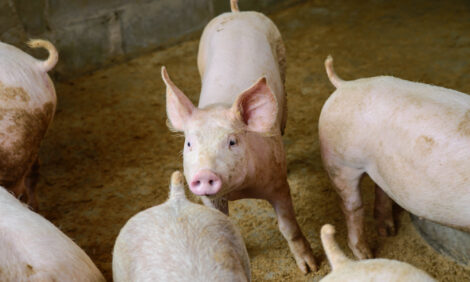



GIS Based Livestock Inventory Expected to Streamline Animal Tracking
CANADA - Farm-Scape: Episode 1461. Farm-Scape is a Wonderworks Canada production and is distributed courtesy of Manitoba Pork Council and Sask Pork.  Farm-Scape is sponsored by
Manitoba Pork Council and Sask Pork  Play Audio Play AudioFarm-Scape is a Wonderworks Canada production and is distributed courtesy of Manitoba Pork Council and Sask Pork. |
Farm-Scape, Episode 1461
An Ontario agricultural consultant says a GIS based inventory of Canadian livestock facilities, now under development, will be extremely valuable when tracking the movement of livestock.
Georgetown based Angus Geosolutions developed the template that's being used to create a 'Geographic Information Systems' based national inventory of livestock premises.
The template considers existing infrastructures and available budgets to provide options for building a harmonized GIS database for use in defending against foreign animal disease.
Consulting Services Vice President Geoff Cameron says that data will need to easily integrate into a larger system for identifying and tracing livestock.
"The approach of the template has always been to see where geography plays a role in emergency response.
There are many organizations involved in emergency response, whether it be the CFIA in a foreign animal disease outbreak or whether it be provincial level in some other type of emergency that's not necessarily a foreign animal disease.
Also there are other programs out there to collect information on livestock tags, eventually to collect information on the movement of livestock itself.
The geographic part has to be part of a more comprehensive system.
We're not building this by itself so it sits separately but it's actually being built so it's a part and assists in the bigger picture of identifying livestock and tracing livestock.
The geographical part is there for emergency response and other type of analysis that geographic data can provide that a non geographic database can't".
Cameron says, to be fully functional, the database will need to be compatible with existing and future livestock identification and traceability initiatives across species and across regions.
He expects a working system to be operational within the year.
For Farmscape.Ca, I'm Bruce Cochrane.








